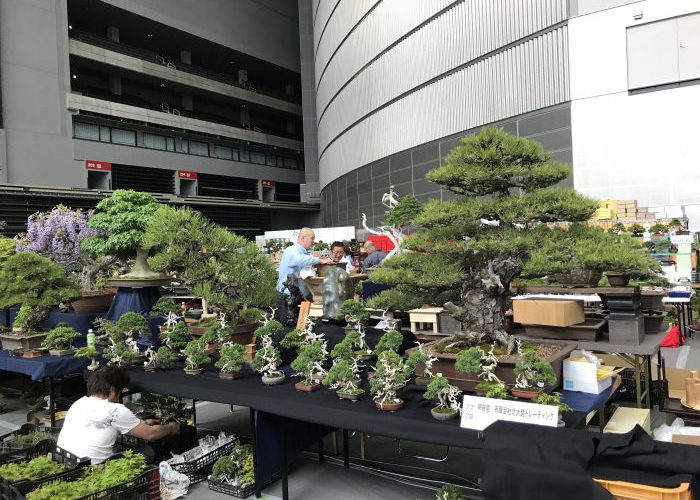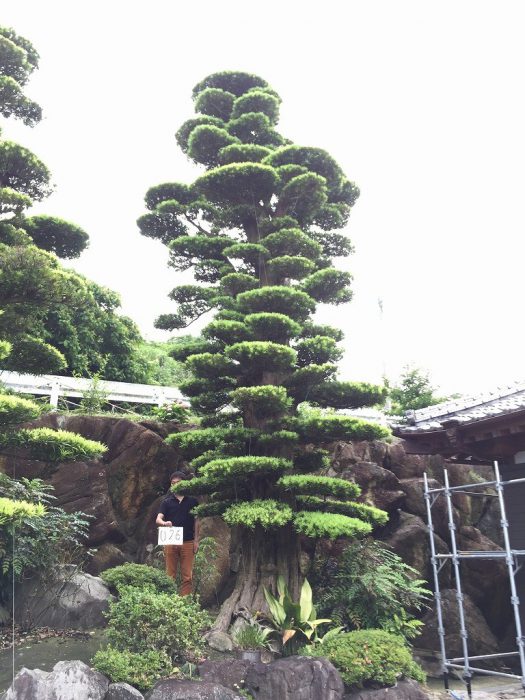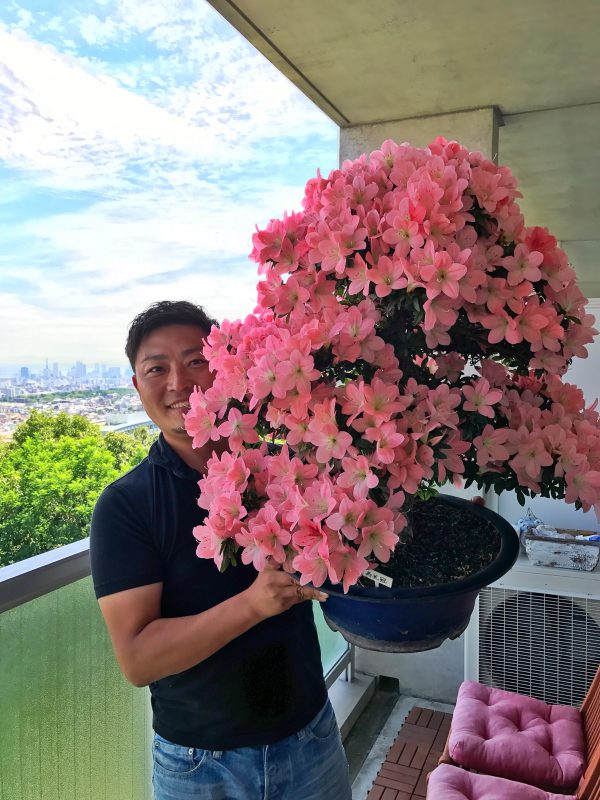Pinus thunbergus、black pine (black pine, scientific name: Pinus thunbergii) is a kind of pine species native to the coast of Japan and Korea. Feature Tree height can reach 40 m, but it is rare to grow to such a degree in the state of nature. As the record height of black pine, 66 m of “Pine of Kasuga Shrine” (Fusha village of Oki-gun Shimane Prefecture (present · Oki’s Shimamachi)), “Pine of Loose Trees Shrine” (Takeda City, Oita Prefecture 60 meters of the country’s natural monument), 55 m of “Dainichi Matsu” (Okinawa village of Ibaraki prefecture (present · Ryukeizaki city)), etc., none of them exist. Needles are two leaves, 7 to 12 cm long and 1.5 to 2 mm wide. The cones are 4-7 cm long. The bark is gray black and thick, and cracks break apart into a honeycomb shape. It has a dark bark compared to red pine, its name depends on this. Because needle leaves are also harder than red pine, they also have thick bamboo shoots, also known as “Omatsu (Omatsu)”. On the other hand, Pinus densiflora is called “female pine (meematsu)”. In the forest where Pinus thunbergii and Pinus densiflorus combine, hybrids (Aigomotsu) rarely occur. As […]
Podocarpus macrophyllus Feature Male flower of Podocarpus macrophyllus Height is about 20 m. The bark is whitish brown, finely thin and peeled in portrait. The stem grows straight, the branch tip faces upwards, but when it comes to a big tree the branch tip drops. The leaves are long and slender but flat, the main line is clear, and it has a shape invisible to so-called coniferous leaves. Dioecious strain. Many male flowers are attached to the branches of the previous year, hanging down like a spike, yellow. A female flower has a small envelope leaf at the end of a pattern of about 1 cm, one of which extends and contains an ovule at its tip. The part containing the ovule swells into seeds, its base also swells round. The bulge of the base is said to be a flower bed, it gradually turns red as it ripenes, it is a fake fruit that can be eaten sweetly, although it is a bit odorless. The seeds turn green and blow white powder. It contains poisonous ingredients and can not be eaten. As a whole it looks like skewered green and red dumplings. It seems that seed spraying occurs when […]
Bonsai Watering For bonsai enjoying the four seasons, their way of raising also differs in spring, summer, autumn, and winter. As long as there is the word “watering third year”, it takes time to figure out the appropriate timing for each plant. If you observe well, if the soil is dry, give it slowly and plentily in a watering basin. Let’s raise beautiful bonsai with suppressed points every season. spring Once daily, if the soil is dry, please do watering evenly as water flows out from the bottom of the pot. summer I do it twice to three times a day. Please give me plenty of morning and evening. Be careful not to drain out in the summer. autumn I do it once to twice a day. With the amount of flowing out from the pot bottom hole. winter About once every 2 days. Let’s do it during the warm hours of the day.



